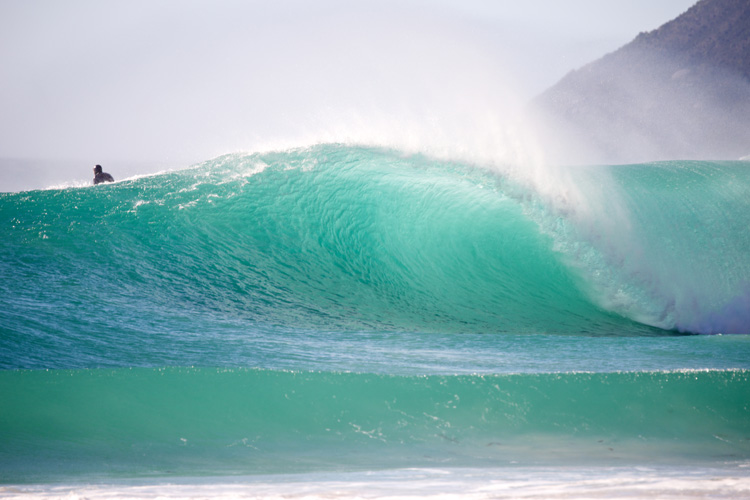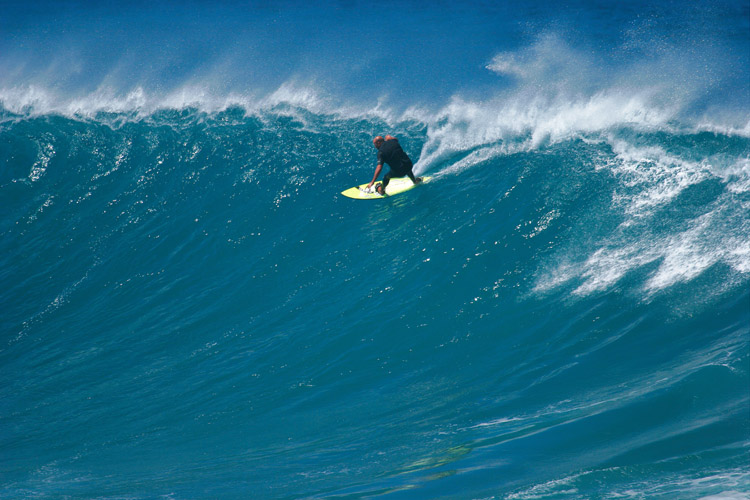Surfing is the art of riding waves. But why do surfers say that offshore wind conditions bring pristine waves?
Wind creates waves in our oceans. Without the wind, there would be no ground swells and wind swells.
The sea would be a flat body of water, and surfers would have to create waves artificially.
Fortunately, the wind is consistently interacting with the surface of the seas to produce swells.
It all starts in the open ocean, thousands of miles away from the coastline. Then, the wind blows across large areas, and the swell is born.
And then, when the wave trains reach our shores, they're hit by local winds. Depending on the direction they're blowing, we will smile or cry.
That said, local wind conditions are critical in the creation of terrible and perfect surf.

The Ideal Wind Window
But why does it have to be that way?
There is a huge difference between onshore wind and offshore wind, at least when it comes to the effects on coastal waves.
It's impressive how subtle changes in wind speed and direction will affect waves at our favorite surf break.
We found an interesting explanation for this phenomenon in the book "The Kook's Guide to Surfing."
"Of the 360 degrees from which winds can blow, three-quarters of them create less than ideal conditions," writes Jason Borte, the author of the book.
"Wind blowing with any velocity from the sides or back of waves wreaks instant havoc on the state of the surf."
"Sideshore winds cause chops in the wave face and jumpstart a longshore current."
"Onshore winds, those blowing from the sea toward the shore, do not necessarily ruin the face, but they whip the lineup into a disorganized mess that is difficult to ride."
Glassy vs. Blown Out
Onshore winds produce mushy, choppy, and spilling waves. But, unfortunately, they rarely bring good news.
However, the onshore breeze can be a good thing when all you've got in front of you is a flat ocean.
That is because they make waves. And it's better to ride two-foot rollers than to wait in terra firma for a dream session.
Offshore winds are the real deal. They have the ability to soften the face of the waves and make it easier for surfers to draw lines and perform tricks on them.
Offshore winds will also delay the breaking of the waves.
In extreme cases, they will only break when they reach the shore because the wind coming from land is "holding" up the liquid walls.
Surfers usually use the terms "glassy," "oily," "clean," and "silky smooth" to characterize the quality of the waves and the surf under light offshore breezes.
So, we often say that offshore winds clean up the ocean and bring quality waves.
However, keep in mind that strong offshore winds will make it harder for surfers to paddle into waves and send water spray into your eyes.
In conclusion, all wind directions have upsides and downsides but, as a general rule of thumb, when the wind is blowing from land straight out to sea, you'll almost certainly enjoy a fantastic surf session.
